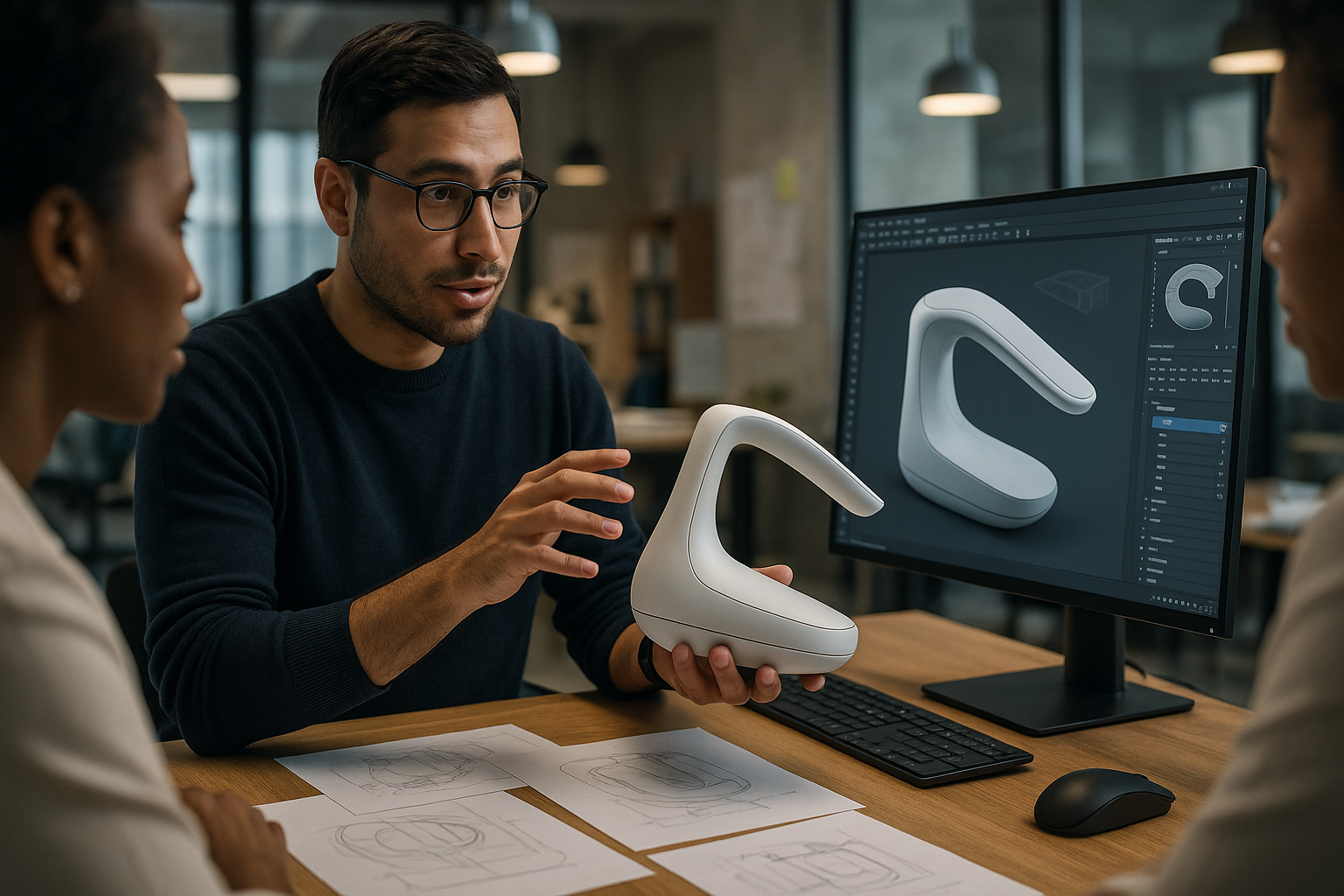Shaping a Future with Human-Centric Industrial Design
The shifting dynamics in the business landscape have made it crucial for organizations to adopt a more people-centric approach in their operations. This change has given rise to the concept of Human-Centric Industrial Design (HCID). As a transformative strategy, HCID places human needs and limitations at the center of the design process.

Historical Context: The Birth of Human-Centric Industrial Design
The concept of HCID traces its roots back to the early 20th century. During the Industrial Revolution, the focus was predominantly on mass production without considering the human elements in the design process. However, as consumer behavior evolved, the need to place humans at the heart of the design process became increasingly evident.
Current Business Trends: Why HCID Matters Today
Today, HCID is more than a buzzword—it’s a strategic imperative. Modern consumers demand products and services tailored to their needs and values. By integrating HCID into their strategies, businesses can create solutions that resonate with their target audiences, fostering customer loyalty and driving growth.
Impact of HCID: Benefits and Challenges
Adopting HCID can deliver significant benefits, such as improved user experience, increased productivity, and enhanced product performance. However, it also presents challenges. For instance, implementing HCID requires a deep understanding of human behavior, which can be complex and unpredictable.
Practical Applications: HCID in Action
Many organizations have successfully integrated HCID into their operations. For instance, Apple Inc., known for its user-friendly designs, credits HCID for its success. By focusing on the needs and experiences of users, Apple has created products that are not only functional but also intuitive and enjoyable to use.
Winning with Human-Centric Design: Key Pointers
-
Identify your users’ needs and expectations through research.
-
Foster a culture that values user feedback.
-
Collaborate with experts in human behavior, such as psychologists and sociologists.
-
Test your designs frequently and iterate based on feedback.
Conclusion
As the business landscape evolves, the need for a human-centric approach in industrial design becomes more critical. By placing human needs at the center of their design process, businesses can create solutions that resonate with their target audience, fostering loyalty and driving growth. Despite the challenges, the benefits of adopting Human-Centric Industrial Design are too significant to ignore. The future belongs to those who understand the power of putting people first.






